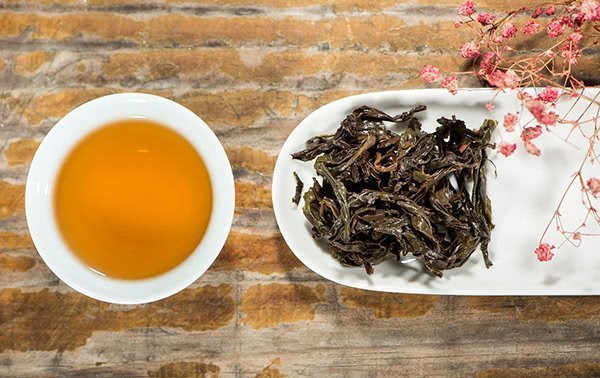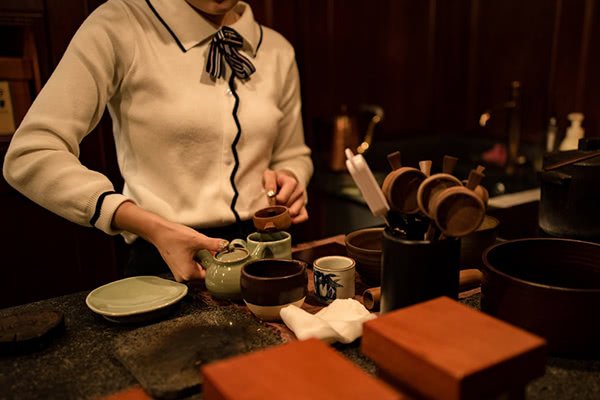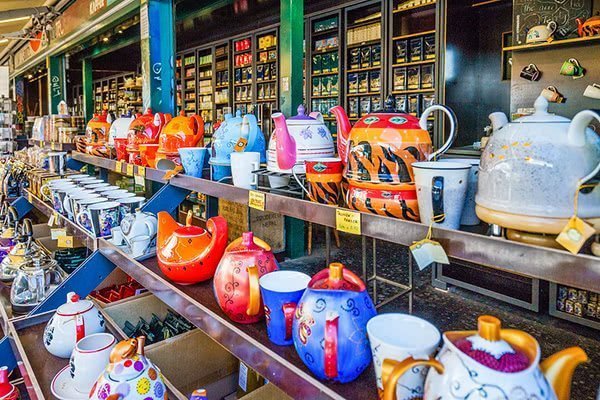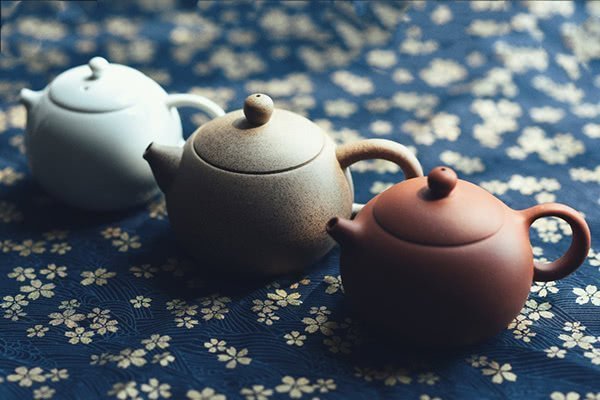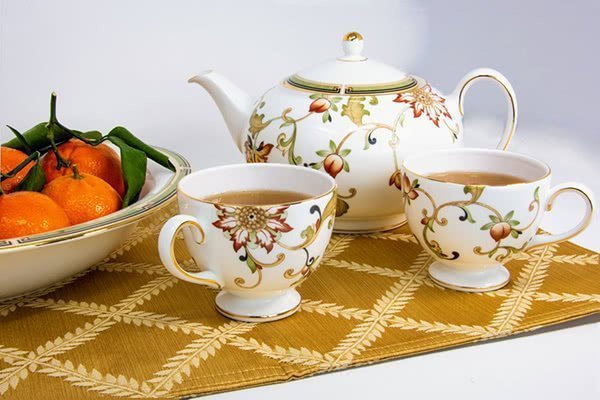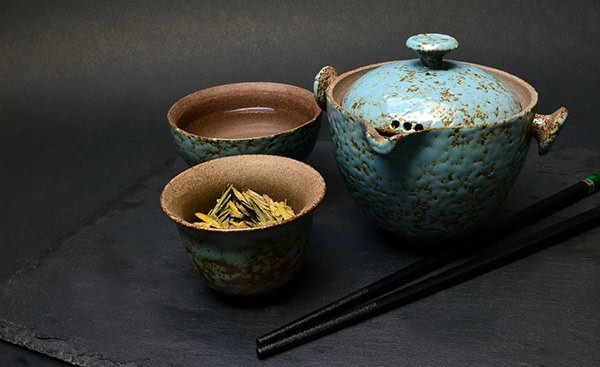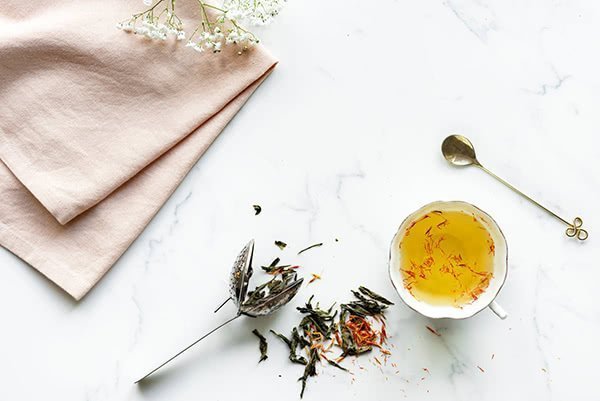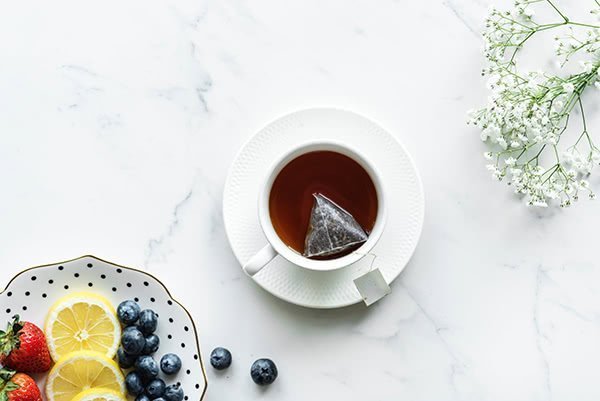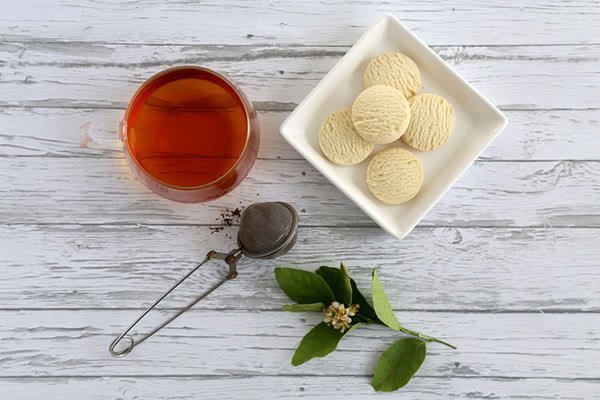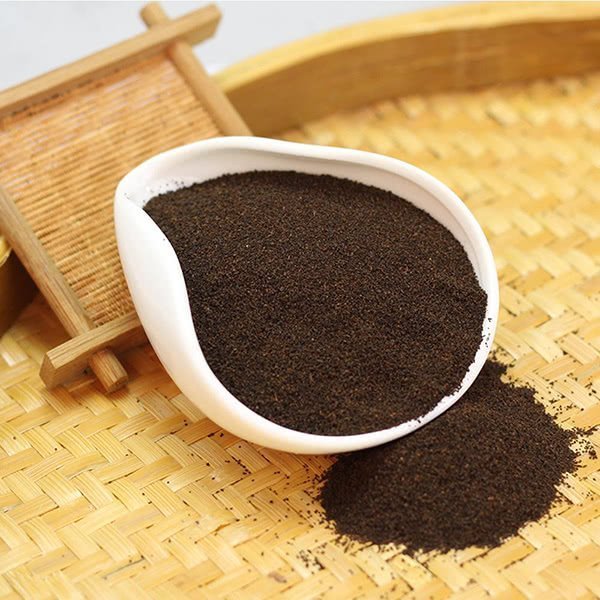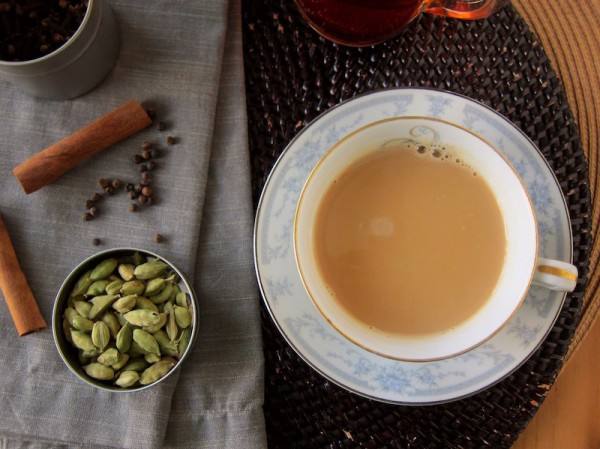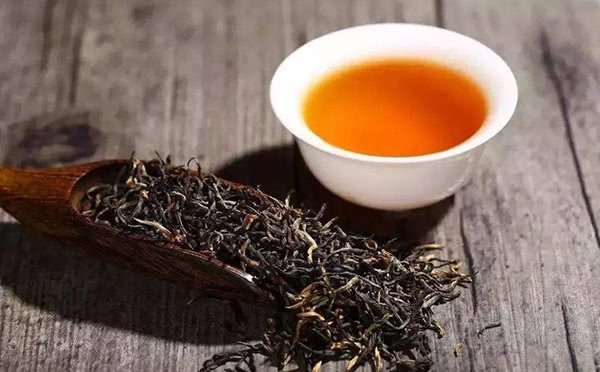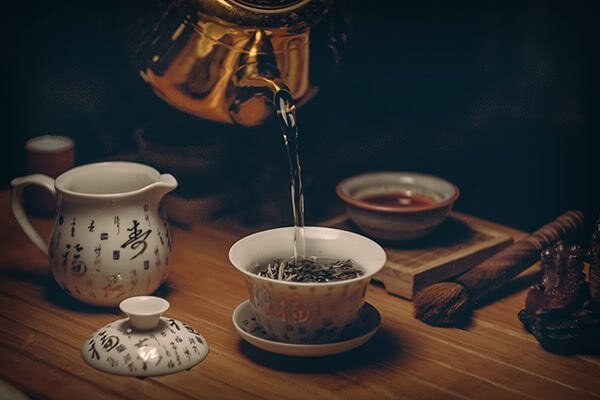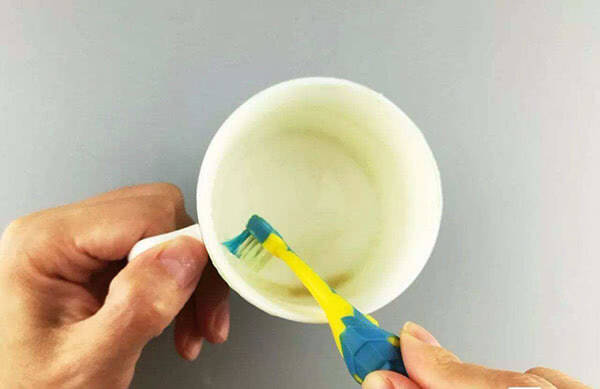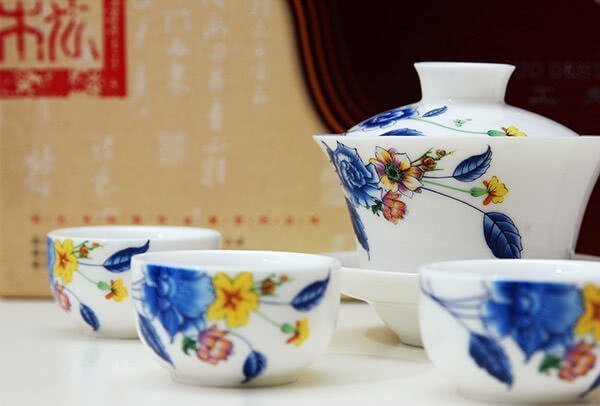
When you start learning tea, you will strange to everything. Especially you walk into a teaware shop and look at all kinds of teawares, you will feel confused and hard to choose. Here are several basic teawares introduce for reference.
1. Teapot

A teapot is a tool for steeping tea, one of the essential and basic teawares. It’s mainly used to steep tea, but also you can drink tea alone with a small teapot directly. There are hundreds of primary forms of teapots, with many different shapes and patterns. The material of teapot is also more, and mostly to a purple clay teapot or porcelain teapot.
2. Teacup

After the tea is steeped, it needs to be placed in a cup and ready to drink. Different kinds of tea can be placed in different cups, which common materials are glass and ceramic.
Teacups also have many kinds and size. The best choice is the teacup which has white or light skin inside or the glass one.
3. Cover bowl

The cover bowl is a kind of tea bowl, and it consists of a cup, saucer, and lid. There are many different materials of the cover bowl, such as glass, white porcelain, and ceramic. Among which white porcelain cover bowl is the most common.
In recent years, glass cover bowl has become popular in the tea market. People mainly use them to steep green tea and can appreciate the color of green tea.
4. Tea holder
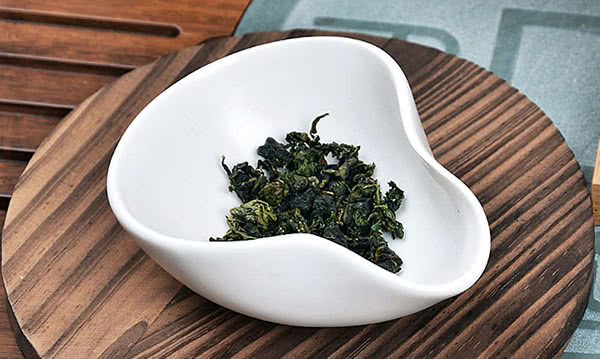
Tea holder is a tool for placing the tea which is ready to steep. Tea holder according to the material to classified: bamboo, wood, porcelain, pottery, and so on. The most common is the white porcelain tea holder because it can see the shape and color of tea more clearly, and the bamboo one looks more beautiful.
Classified according to the shape, there are types of a circle, semicircle, arc, polygon, etc.
Tea holder is a simple, beauty, and practical teaware.
5. Fair cup
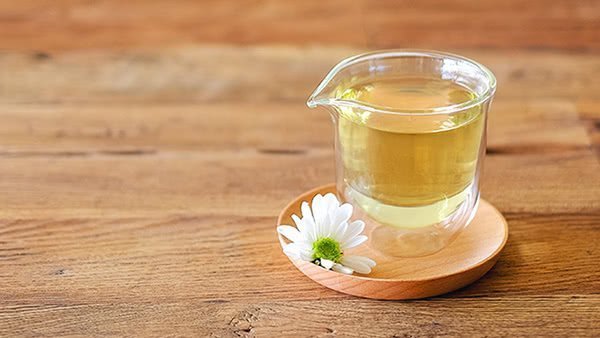
The primary function of the fair cup is to make the tea soup of the same concentration in each guest’s cup, to be fair and impartial, hence the name.
There are glass, white porcelain, purple sand, and so on of material. Fair cups of glass and white porcelain are most commonly used, with the most significant advantage of being able to observe the color and concentration of the tea.
When using fair cup, just pour the tea into the fair cup slowly, keep the concentration of the tea in a level, to help the guests to drink at any time.
6. Water heater

Heating water is one of the most critical procedures in the process of making tea. Mastering the skills of heating water and temperature control plays a crucial role in steeping a successful cup of tea.
Therefore, the water heater is also one of the essential teawares. There are aluminum, iron, glass, and other materials. Due to the increasingly developed cash technology, there are many types of water heaters on the market, such as electric aluminum water heater, alcoholic glass water heater, electromagnetic water heater, and so on.
7. Saucer
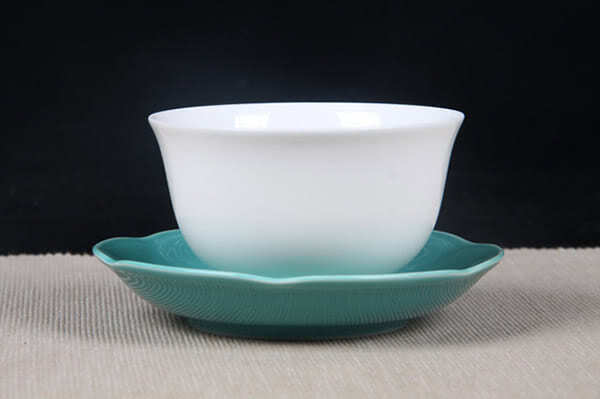
The tea saucer is mainly used to make the teacup become more comfortable to hold and prevent scalding hands.
Classified according to the material, there are types of bamboo, wood, porcelain, cloth art and so on. Also, different materials of saucers match for different materials of cups. For example, wooden, bamboo and porcelain saucers are mainly used to place a porcelain or ceramic tea cups. Cloth art coasters are used to place glasses teacups.
8. Tea props

Tea prop is called by people “tea art six gentlemen.” They are tea tools caddy, teaspoon, tea needle, tea funnel, tea tweezer, and tea stirrer.
Tea props are usually made of black rosewood, iron pearwood, bamboo, and other materials, among which those made of rosewood are the best.
9. Tea towel
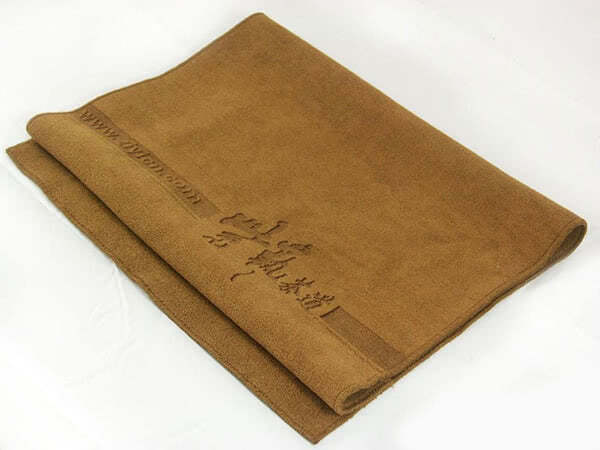
A tea towel is a tool used to clean water or tea stains from a teapot and the teacup. The tea towels commonly seen on the market are usually made of cotton and linen cloth, which are more absorbent.
Tea towel entirely according to personal preferences and tea table color to decide, there is not too much demand. Also, tea towels should be washed with water immediately after use to avoid bacteria breeding.
10. Tea can
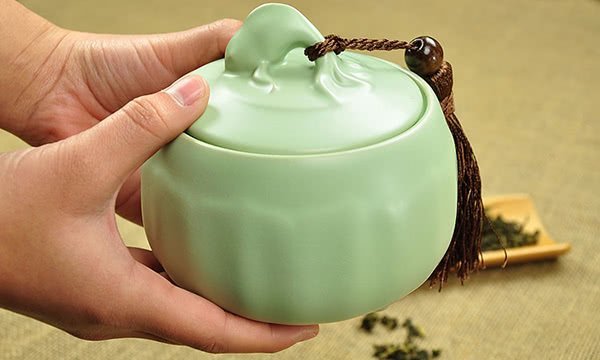
A can is used to store tea. Classified according to the material, they are made of purple clay, porcelain, tin, paper, and glass.
Different kinds of tea should be stored in different tea cans. For example, Pu ‘er tea best use purple clay can; Green tea is best stored in tin cans; the appearance of herbal tea is beautiful, can choose the glass to store, can be easy to appreciate.
11. Tea tray

Tea tray mainly used to place the teaware, Tea trays are primarily used for placing the teaware, and some have the function of treating cold tea and wastewater. Generally, the size of the tea tray is mainly determined by the number of tea drinkers and teawares, and you can choose the size of the tea tray according to the number of tea drinkers and teawares.
After reading these introductions, whether we are steeping tea for the first time or not, we don’t need to be confused about choosing the various teawares.






